Gooseberries are round fruits that belong to one of the newest types of berries. The gooseberry was introduced as a crop in Russia, where it grew in monastery gardens in the 13th century.
It is distributed in the wilderness in much of Europe, in the mountains of Caucasus and North Africa. Grows at between 700 and 1500 meters altitude.
So far, there are more than 1, 500 varieties of gooseberries. They are grouped according to the color of the fruit - red, yellow, white and green. The biological characteristics of the gooseberry bush feature a 1.5-2 meter height, which has pale green fibrous branches. At the heart of the bush grow many stems that have a lifetime of 7-8 years.
Composition of gooseberries
Gooseberry is popular because of its rich composition of vitamins, sugars and acids. They are rich in vitamins B, vitamin A, C, PP, E.
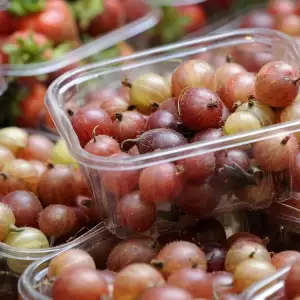
Trace elements are best represented by molybdenum, nickel, sodium, phosphorus and fluorine. Contain organic acids, dietary fibers, mono and disaccharides. The fruit contains about 45 calories.
Growing gooseberries
The life of the Gooseberry bush is 20-30 years, but after a 10-15 year yield, fruit quality decreases greatly. The ripening phase is best at 4-5 years of age. This requires regular removal of senescent stems and replacing them with new ones.
Gooseberry is relatively resistant to frosts and in winter lasts up to -28 °C. Does not tolerate severe summer heat and droughts. It is not very demanding in terms of soil, but grows best in light soils that are well stocked with nutrients. Should not be grown in open, windy places where there is a possibility of frost.
Reproduction of gooseberry with green and ripe cuttings is difficult, therefore, use rooting horizontal or vertical outlets.
It is best to carry out planting in the fall and only occasionally in early spring.
One of the most important activities in the cultivation of gooseberries is pruning. Until the sixth-seventh year, you need pruning to shape the bush and each year, 3-4 new shoots are left. Later in the ripening phase, each year you must remove the dry, broken and old stems.
The presence of spines on the fruit hampers harvest. Fruits ripen from mid-June to the end of July. They will better withstand transport and can be stored for a week.
Cooking with gooseberries

An interesting fact is that the fruit can be used for processing in different stages of maturity. They can be consumed fresh, but they are primarily used for making and various jams.
For the preparation of juice are most suitable dark colored varieties that are harvested before they have begun to soften. Overripe fruits contain too much pectin, making the separation and processing of the juice difficult. Gooseberry is very well combined with juices of red and black currants.
Benefits of gooseberries
The juice of gooseberry is a very valuable dietary product in impaired metabolism. It refreshes and tones you, because of its high content of vitamins, it is recommended for weight loss. Systemic use of gooseberries helps in obesity cases.
It is used in anemia and increased permeability of blood vessels. Nutrients in gooseberries help in boosting immunity and protecting the body from radioactive substances. Serotonin in the ripe fruit has anti- clotting characteristics.
Generally gooseberry possesses diuretic, refreshing and anti-inflammatory action. Cleans your blood, strengthens blood vessels and act supportively.
Dangers of gooseberries
Gooseberry should not be consumed by those with ulcer of the stomach and duodenum. Is contraindicated for colitis and enteritis, accompanied by diarrhea. In this case you can consume a small amount of the juice of the fruit.
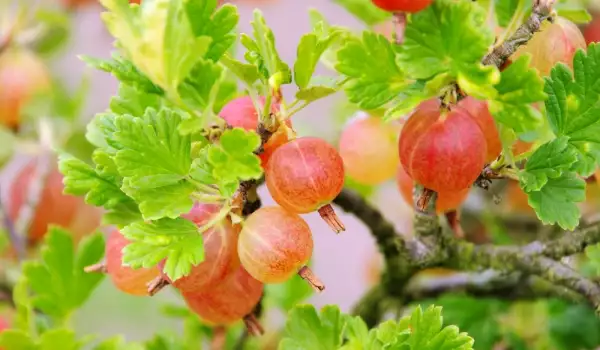
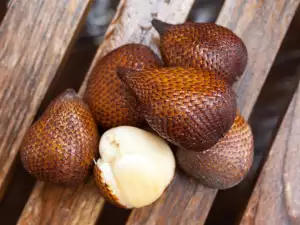


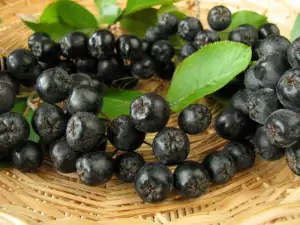

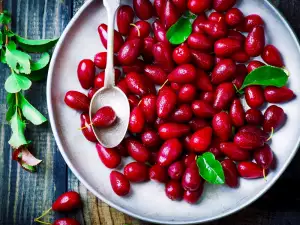




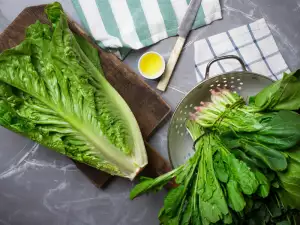
Comments